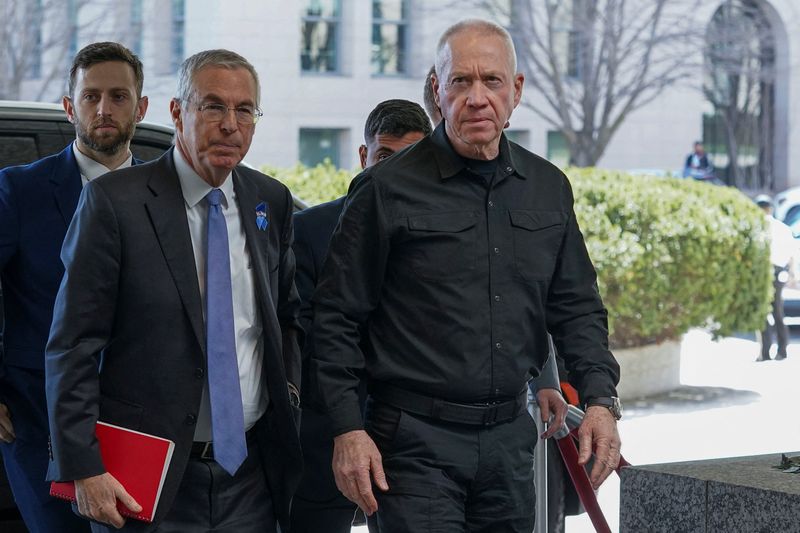Follow us on LinkedIn
Understanding carbon credits can be quite a task. Yet, it’s a topic that holds immense relevance in today’s world. At its core, a carbon credit is a permit that allows the holder to emit a certain amount of carbon dioxide or other greenhouse gasses.
The idea is to reduce the emission of these harmful gasses and thus, mitigate the impact of global warming. If someone is not following or breaking the rules, there are penalties involved.
So it’s very essential to stay within the limit set by carbon credits.
What are Carbon Credits?
Carbon credits serve as a strategic tool to reduce greenhouse gas emissions. They operate on a cap-and-trade model, where companies are allocated a specific number of credits, which gradually decrease over time.
These credits represent the company’s permission to emit a certain amount of harmful gasses. If a company reduces its emissions and has leftover credits, these can be sold to other companies.
This system creates a financial incentive for companies to lower their carbon footprint. However, it also allows companies that struggle to reduce emissions to continue their operations at a higher cost.
The concept of carbon credits gained global recognition when the Glasgow COP26 climate change summit in November 2021 agreed to establish a worldwide carbon credit offset trading market.
How Carbon Credits Work
Carbon credits operate distinctively. First, a limit or ‘cap’ is set on the total amount of certain greenhouse gasses that can be emitted by companies.
Each credit permits the emission of one tonne of carbon dioxide or its equivalent in other greenhouse gasses. Companies are given a certain number of these credits.
If they emit less and have credits left over, they can sell these surplus credits to other companies that are struggling to stay under their emission cap.
This creates a market where the demand for pollution becomes a commodity. It motivates companies to reduce their emissions, as unused credits become an additional source of revenue.
The system essentially monetizes environmental preservation, encouraging sustainable practices.
How Companies Can Increase Their Credits
There are various ways for companies to increase their carbon credits.
- Using renewable energy: Companies can switch to renewable energy sources such as solar or wind power, which emit little to no greenhouse gasses. This reduces the amount of emissions and earns them carbon credits.
- Investing in clean technology: Companies can also invest in green technologies that lower their emissions, such as electric vehicles or energy-efficient machinery.
- Implementing sustainable practices: Sustainable practices such as waste reduction and recycling can also earn companies carbon credits.
- Participating in carbon offset projects: Companies can participate in projects that reduce emissions, such as reforestation or renewable energy initiatives, to earn additional credits.
- Capturing carbon: By capturing carbon from the air and using it as biofuel or storing it underground, companies can earn carbon credits.
- Improving energy efficiency: To improve their energy efficiency, companies can upgrade their equipment and machinery or implement energy-efficient practices in their operations.
Conclusion
Ever since the implementation of cap and trade systems, companies have been motivated to reduce their emissions. This not only benefits the environment but also creates a market for carbon credits. It’s important to understand how carbon credits work and how companies can increase them to effectively combat climate change and make some profits along the way.
Further questions
What's your question? Ask it in the discussion forum
Have an answer to the questions below? Post it here or in the forum

Peter Pellegrini was elected Slovakia’s president in a boost to Russia-friendly Prime Minister Robert Fico, who has been a staunch opponent of military aid to Ukraine.

Over 400,000 households, mostly in the north-eastern Kharkiv region, were without electricity following an overnight Russian drone attack, Ukraine’s energy ministry said in emailed statement.


